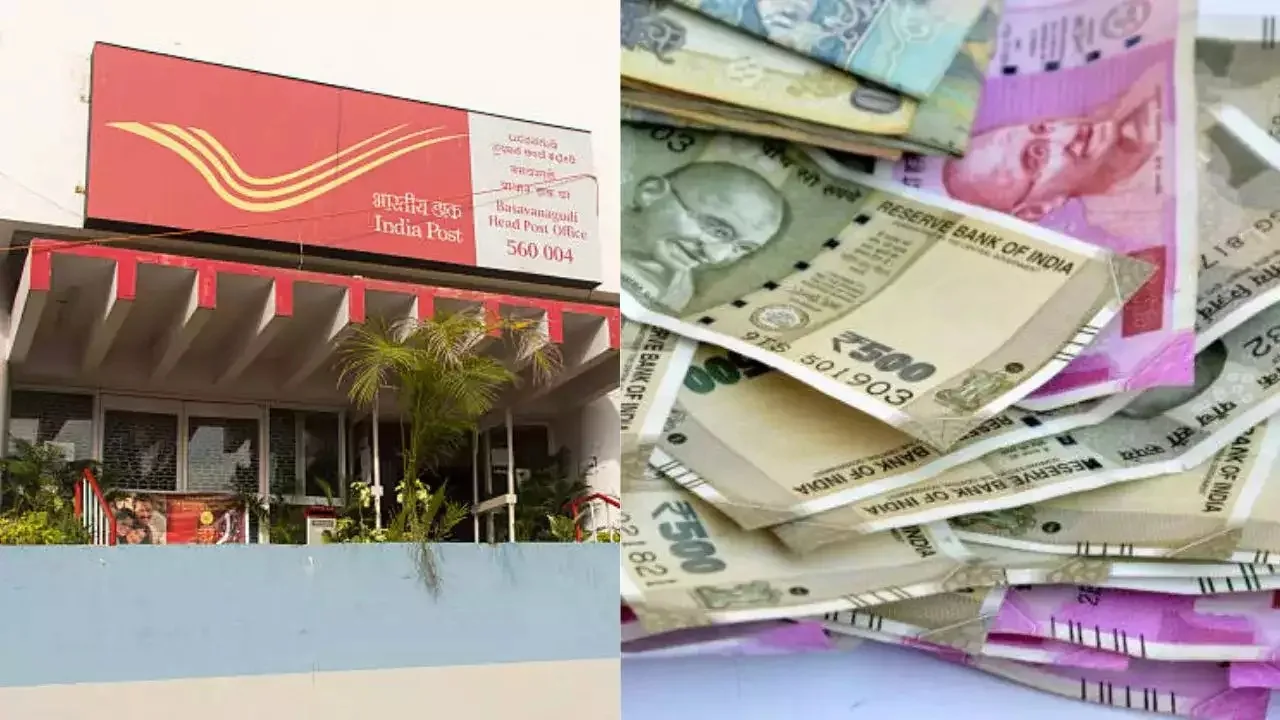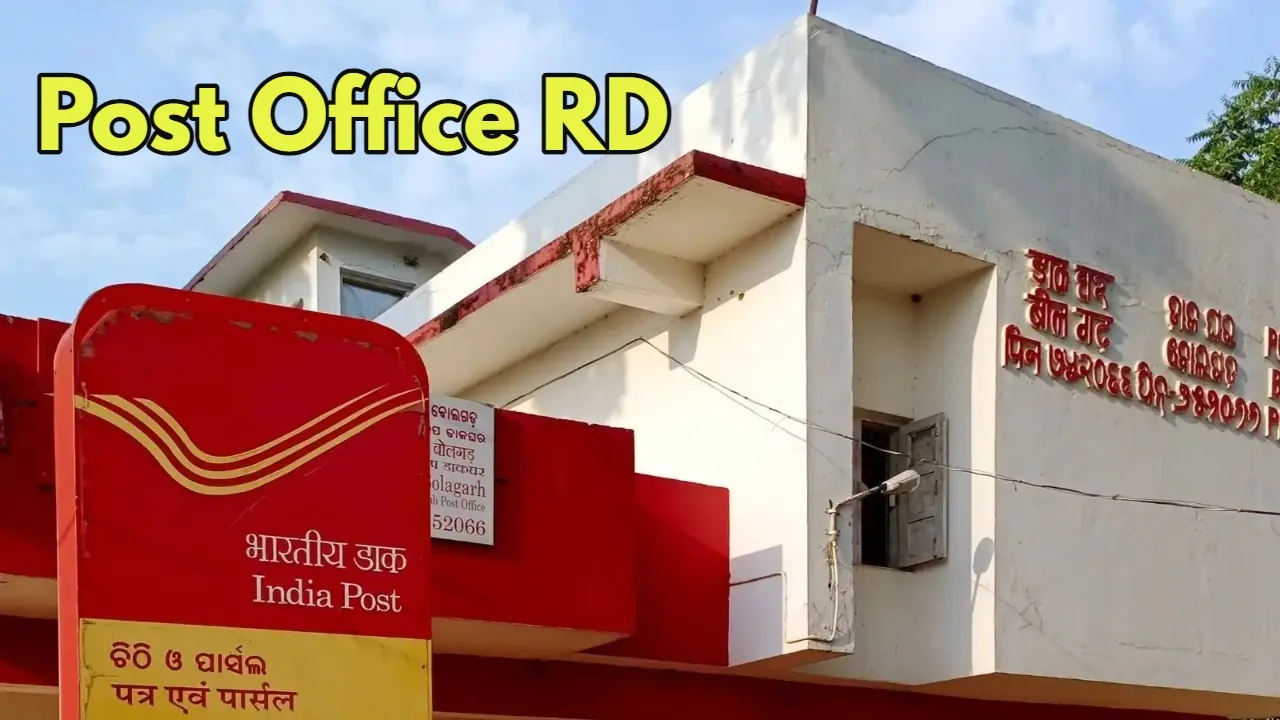The power of consistent savings cannot be underestimated. Even a small daily contribution of Rs 100 per day can accumulate into a substantial sum over time.
While the post office offers reliable investment options, other avenues can offer higher returns.
Post Office RD-A Stable Option
A recurring deposit (RD) account in the post office is a popular option for small savings. With a minimum deposit of Rs 100, you can gradually build a corpus. While the interest rate on RDs is currently around 6.7%, it gets revised every quarter.
SIP-A potentially high-yielding option

Systematic Investment Plans (SIPs) offer the potential for higher returns than post office RDs. By investing as little as Rs 3,000 per month (equivalent to Rs 100 per day), you can accumulate a significant amount over 5 years.
SIPs generally offer an average return of 12% per annum, but this can vary depending on market conditions.
Important considerations
Risk tolerance-SIPs involve market risk, while post office RDs are relatively low-risk.
Investment horizon- SIPs are generally suitable for long-term investments, while RDs can be a good option for shorter-term goals.

Minimum investment-SIPs generally require a higher minimum investment than RDs.
Tax benefits- Interest on post office RDs is taxable, while gains from investing in SIPs can be tax-free over a long period, making them more beneficial for long-term investors.
Flexibility- SIPs are more flexible, as you can start or stop investing at any time, while RDs require a commitment for a fixed period.
Both post office RDs and SIPs have their own merits. The best option for you depends on your risk tolerance, investment horizon, and financial goals.
If you are looking for a safe and stable return, a post office RD may be suitable. However, if you are willing to take some risk for potentially higher returns, SIP can be a rewarding option.
